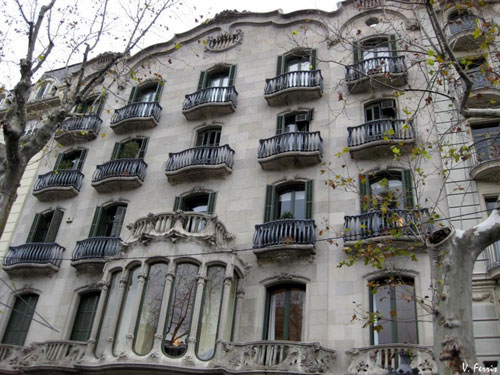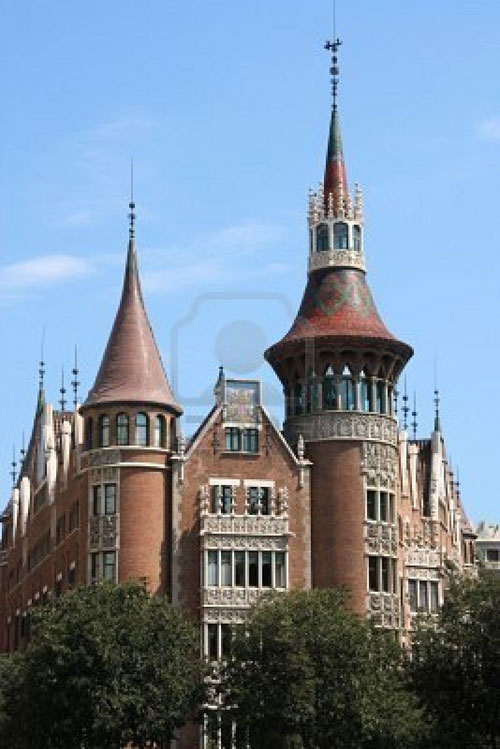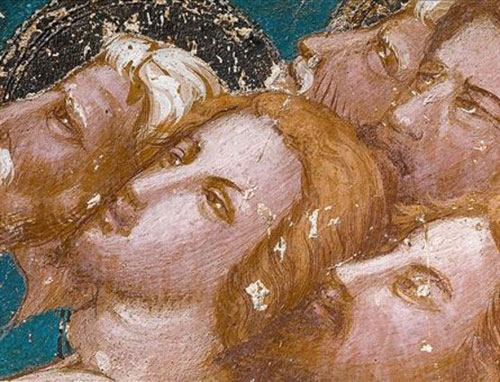Until the 8th of January, you can discover the history of the social life of Barcelona and how it related to the development of the city, through an exhibition of the life and work of Catalan architect Enric Sagnier at the CaixaForum – called La ciudad de Sagnier. Modernista, ecléctica y Monumental.

The exhibition hopes to establish the nexus between the local bourgeoisie to which Sagnier belonged, and the stamp on architecture and its effects on the overall design of the city. To these ends, the show is presented via photographs of the buildings; photographs of an era which demonstrate the relations between the bourgeoisie and the development of the city.
Enric Ferran Josep Lluís Sagnier i Villavecchia, marques of Sagnier, was born in Barcelona in 1858. Due to his social standing, he was always associated with high authorities, a position which was initially considered important for the development of architectural projects for the city. It was Sagnier who developed the vast majority of key works in the Catalonian city.
With a classic style, which a touch of eclecticism which also placed him near to modernism too, it marked a trend in the era, for its functional quality which broke away from the oriental and Arabic-inspired fashions.
Sagnier´s works are clearly dividable into stages. His first stage, which goes up until 1900, is characterized by a monumental eclecticism which expresses youthfulness, and the pursuit of transcendence through work. The second stage goes up until 1910, at which point he became profoundly influenced by his travels to Paris, and the rest of Europe, and the works during this phase are marked by a decorative quality in the constructions, and in the finer details, reminiscent of the Rococo style. From 1910 onwards, Sagnier went on to conserve a more classical stance, distancing himself further from the prevailing trends and movements in Europe.
Sagnier was a sensitive man, a lover of the arts, an excellent painter and a good musician. From a young age, he took violin classes, and became a great performer amongst his family´s social circles.
His first job was at the Monsterrat Monastery, working with Francisco de Paula del Villar y Lozano. From this experience onwards, along with various different social, political and religious relations, he became the most important architect of his time.
Amongst the works on show at the exhibition are the Palau de Justicia, the new Aduana dof Barcelona, Tibidabo – which is one of the most important landmarks of the city; the disappeared Hotel Colon, as well as houses, religious spaces, factories… Through these works, we can study the process of construction and the memory of the city – as many of these places no longer exist, or transformation through the years has left them unrecogniseable.
For more information http://obrasocial.lacaixa.es/nuestroscentros/caixaforumbarcelona/laciudaddesagnier_es.html
 Nancy Guzman
Nancy Guzman
It is a great experience viewing the past, and CaixaForum offers the chance to do just this, with an unmissable exhibition in Barcelona. Go and check it out if you are renting apartments in Barcelona and discover a new perspective.

 English
English Translated by: Poppy
Translated by: Poppy

